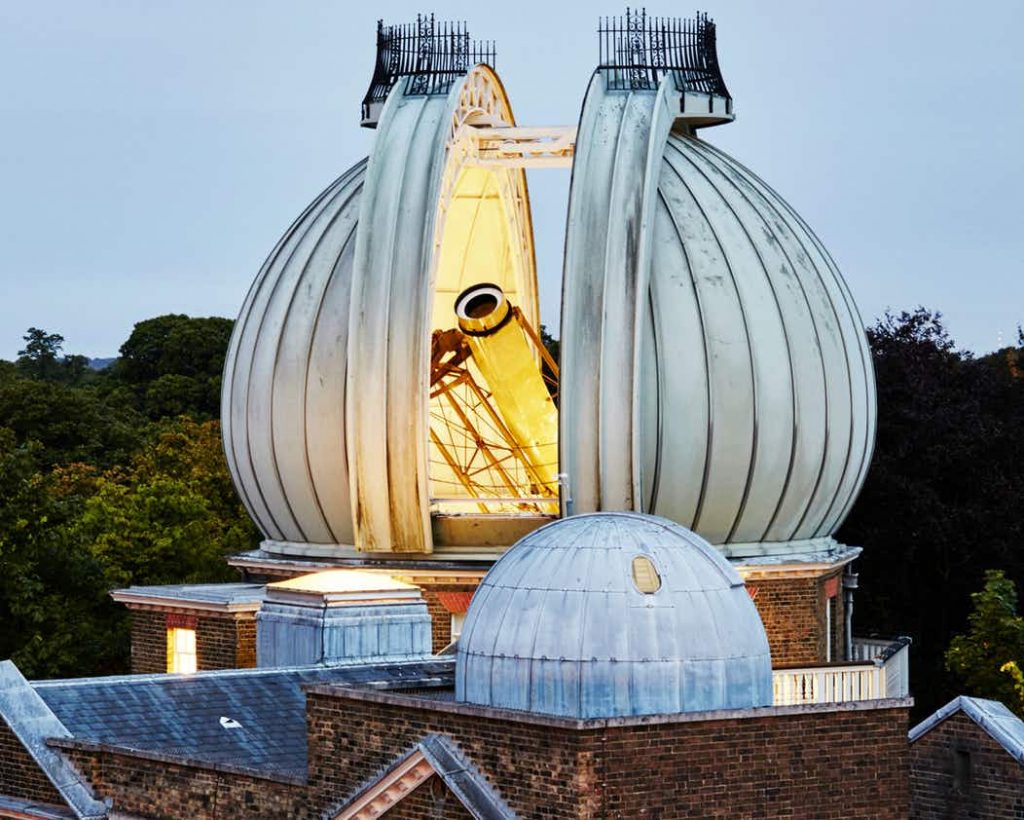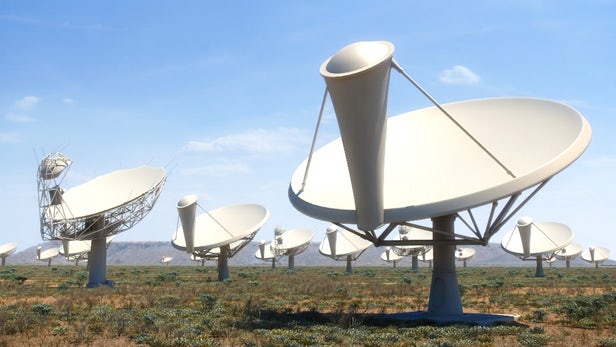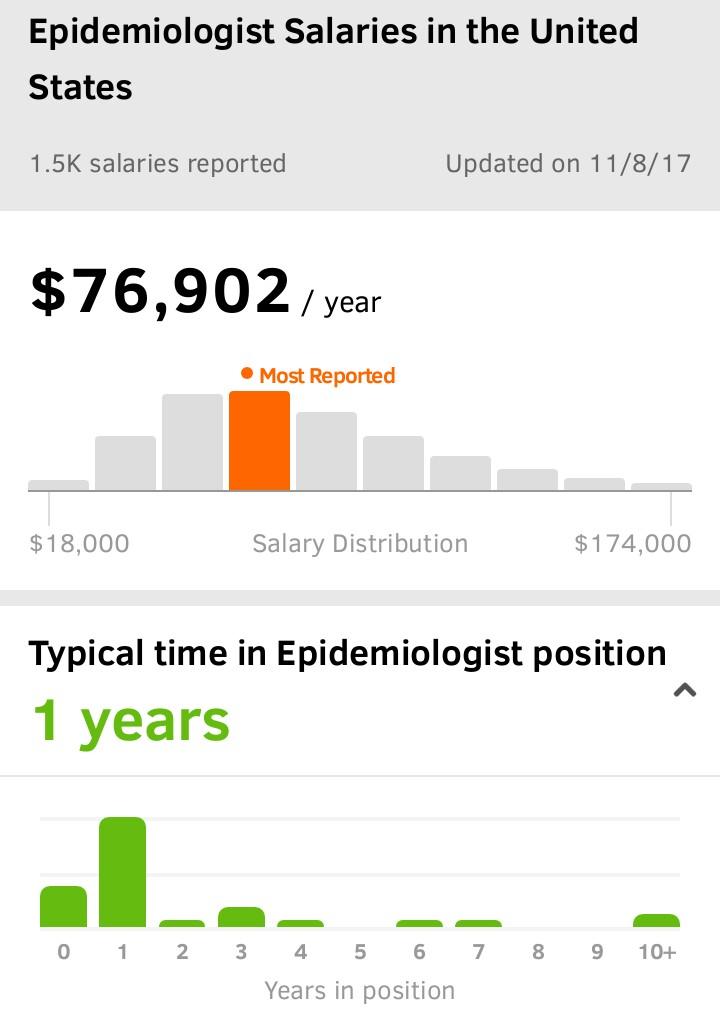How To Become An Astrophysicist With A Good Salary
Astrophysics is the branch of astronomy that employs the principles of physics and chemistry “to ascertain the nature of the astronomical objects, rather than their positions or motions in space”. As a branch of space science, it applies the laws of physics and chemistry to explain the birth, life, and death of stars, planets, galaxies, nebulae, and other objects in the universe. It has two sibling sciences, astronomy and cosmology, and the lines between them blur. In the most rigid sense:
Astronomy measures positions, luminosities, motions, and other characteristics
Astrophysics creates physical theories of small to medium-size structures in the universe
Cosmology does this for the largest structures and the universe as a whole.
How do you become an astrophysicist?
Becoming an astrophysicist requires years of observation, training, and work. But you can start becoming involved in a small way even in elementary and high school, by joining astronomy clubs, attending local astronomy events, taking free online courses in astronomy and astrophysics, and keeping up with news in the field of astrophysics. In college, students should aim to (eventually) complete a doctorate in astrophysics, and then take on a post-doctoral position in astrophysics. To obtain a bachelor’s degree in astrophysics, you will need to take calculus-based physics, computer science, and astronomy. A few electrical engineering classes may also be required. Bachelor’s degree programs typically take 4 years to complete. In general, the steps to becoming an astrophysicist are:
Take math and science classes throughout high school: Ensure you take a wide variety of science classes. Astronomy and astrophysics are a blend of biology, chemistry, and other sciences. It is also important for you to keep an eye out for any summer jobs or internships or volunteer programs to enable you to get requisite experience in math or science and bolster your resume.
Complete math- or science-related bachelor’s degree: The most ideal course in this regard will be a bachelor’s in astrophysics. However, you can do undergraduate study in computer science, for example, which is important to help you analyze data. It’s best to speak to your high school guidance counselor or local university to find out what degree programs will help you.
Look for research opportunities: Astronomy and astrophysics combines theoretical simulations and observation with both terrestrial and space-craft-borne instruments of the electromagnetic radiation and high-energy particles emitted by celestial bodies. Active areas of current research include the structure and evolution of stars, accretion phenomena, nuclear and particle astrophysics, supernova physics, astrophysical fluid dynamics, high-energy astrophysics, radiative processes, structure, formation, and evolution of galaxies, and gravitational lensing. Many universities have labs in which students participate in discoveries and NASA also offers internships from time to time.
Finish a doctorate in astrophysics: Ph.D. programs in astrophysics require in-depth coursework in physics, astronomy, mathematics, computer science, and statistics, as well as original research culminating in a dissertation. Doctoral programs generally take five years or more to complete. Make sure to include courses in astronomy, computer science, mathematics, physics, and statistics to have a wide base of knowledge. Natalie Hinkel, a planetary astrophysicist who was then at Arizona State University, gave a lengthy interview with Lifehacker in 2015 that provided a glimpse into the rewards and challenges of being a junior astrophysics researcher. She described the long number of years she has put into doing her research, the frequent job switches, her work hours, and what it’s like to be a woman in a competitive field. She also had an interesting insight into what she actually did day to day. Very little of her time is spent at the telescope.
Where do astrophysicists work?
Astrophysicists can work for the government, university labs, and, occasionally, private organizations. Many astrophysicists choose to work with a very narrow focus within their field. Some of them can work for years, or even decades, on the same long-term project. These astrophysicists become experts in their specific part of the field of astrophysics. Others work in a broader position within the field, researching much broader topics, and focusing on the big picture of the universe.
How much money do astrophysicists in the US and NASA make?
According to the Bureau of Labor Statistics, Astrophysicists and Astronomers earned a median salary of $114,870 in May 2016. A median salary is a midpoint in a list of salaries for that occupation, where half earned more and half earned less. The median annual Astronomer salary is $106,295, as of November 30, 2016, with a range usually between $104,606-$122,652, however, this can vary widely depending on a variety of factors. Astronomers earn an average hourly wage of $51.51. Hourly wages typically start from $25.08 and go up to $78.19.
Astrophysicist salary in the UK
Although Astronomy is among the top 40 careers in the UK, there are very few vacancies for professional astronomers or astrophysicists in the country. With close links with the Royal Observatory, the University of Edinburgh is one of the UK’s major centers of astronomical research. The National Careers Service says that starting astronomers earn between £13,000 and £14,000 in the United Kingdom. Experienced astronomers in the UK receive a salary of between £29,000 and £36,000 and highly-experienced ones can make £60,000. The starting salaries for astronomers or astrophysicists in postdoctoral research posts are normally in the range of £26,000 to £39,000 a year. Senior (or advanced) researchers and university lecturers earn up to £60,000 a year.
Astrophysicist salary In New Zealand
The development of astronomy and astrophysics in New Zealand from the earliest European exploration and settlement to the present day has been phenomenal. Current areas of research in New Zealand include testing the predictions of competing models of the primordial universe, searching for planets around other stars, understanding the evolution of binary star systems, and discovering the properties of the stars that were the progenitors of supernova explosions. The mean pay for astrophysicists in New Zealand stands at NZD$127,656 or $87,991 USD.
Astrophysicist salary in India
Astronomy in India has a glorious past. There are documented pieces of evidence that Astronomy was studied in India from the Vedic times dating back to 1500 BC and then nurtured in the fifth and sixth century AD by the greats like Brahmagupta, Aryabhatta, Varahamihira even though Maharaja Jai Singh at the beginning of 18th century had erected a chain of five observatories in India, it remains a mystery as to why he didn’t set up telescopes in those observatories. The beginning of the telescope age aided astronomy can be ascribed to the commissioning of the Madras observatory by the East India Company in 1792. Since then, astronomy in India has blossomed. According to the Indian Institute of Astrophysics, research work continues toward building a low-cost adaptive optics system for astronomical applications. Experiments with the closed-loop control of the tip-tilt mirror and deformable mirror along with the 70 x 70 lenslet array, 300m diameter, and 40mm focal length Shack Hartmann sensor is in progress. Astrophysicists in India earn INR 668,969 or $10,380 USD.
Astrophysicist salary in South Africa
South Africa has a long tradition in astronomy, due to its favorable climate and geographical location. The following installations are situated there: SALT, the Southern African Large Telescope, is the largest single optical telescope in the Southern Hemisphere. The world’s first radio telescope known as MeerKAT and the international Square Kilometre Array (SKA). Research and development are the primary focus of astrophysicists in South Africa. Basic research is conducted to gather scientific knowledge, while advanced research leads to the development of scientific devices and research equipment. Astrophysicists’ average salary in South Africa is R488,335 or $35,693 USD.
Astrophysicist salary In Australia
An astrophysicist from the Australian National University jointly won the 2011 Nobel Prize in Physics for his part in the discovery that the expansion of the Universe is accelerating. The Australian National University (ANU) Research School of Astronomy and Astrophysics (RSAA) operates Australia’s largest optical observatory and has access to the world’s largest optical telescopes. The entry-level mean salary for astrophysicists in Australia sits at AU$105,925. Senior-level astrophysicists reach AU$189,240 on a mean basis. The ANU Pays $78,956 – $91,157 a year to Workplace Health and Safety (WHS) and Facilities Officers, it also offers a “Postdoctoral Fellow in Computational Astrophysics”, an average salary range of AU$70,107 to AU$88,446, along with a 17-percent “superannuation,” or retirement benefits.
Astrophysicist salary In Canada
The construction of the Dominion Astrophysical Observatory’s Plaskett telescope in Saanich is broadly seen as the dawn of Canadian astrophysics. The Dominion Astrophysical Observatory was inaugurated in 1918 at Saanich near Victoria, British Columbia. Its creation was motivated by the growing need for Canadian astronomers to have access to a large world-class telescope. The observatory’s telescope was once the world’s largest, and the facility was among the first to develop techniques for detecting planets. Today, the average Astrophysics salary in Canada is $83,655 per year or $42.90 per hour. Entry-level positions start at $59,456 per year while most experienced workers make up to $86,658 per year. In Canada, 86 percent of astrophysicists enjoy medical benefits. Dental and vision coverage constitute benefits for 57 percent of these professionals. SEE: Dental Instruments Names and Functions







